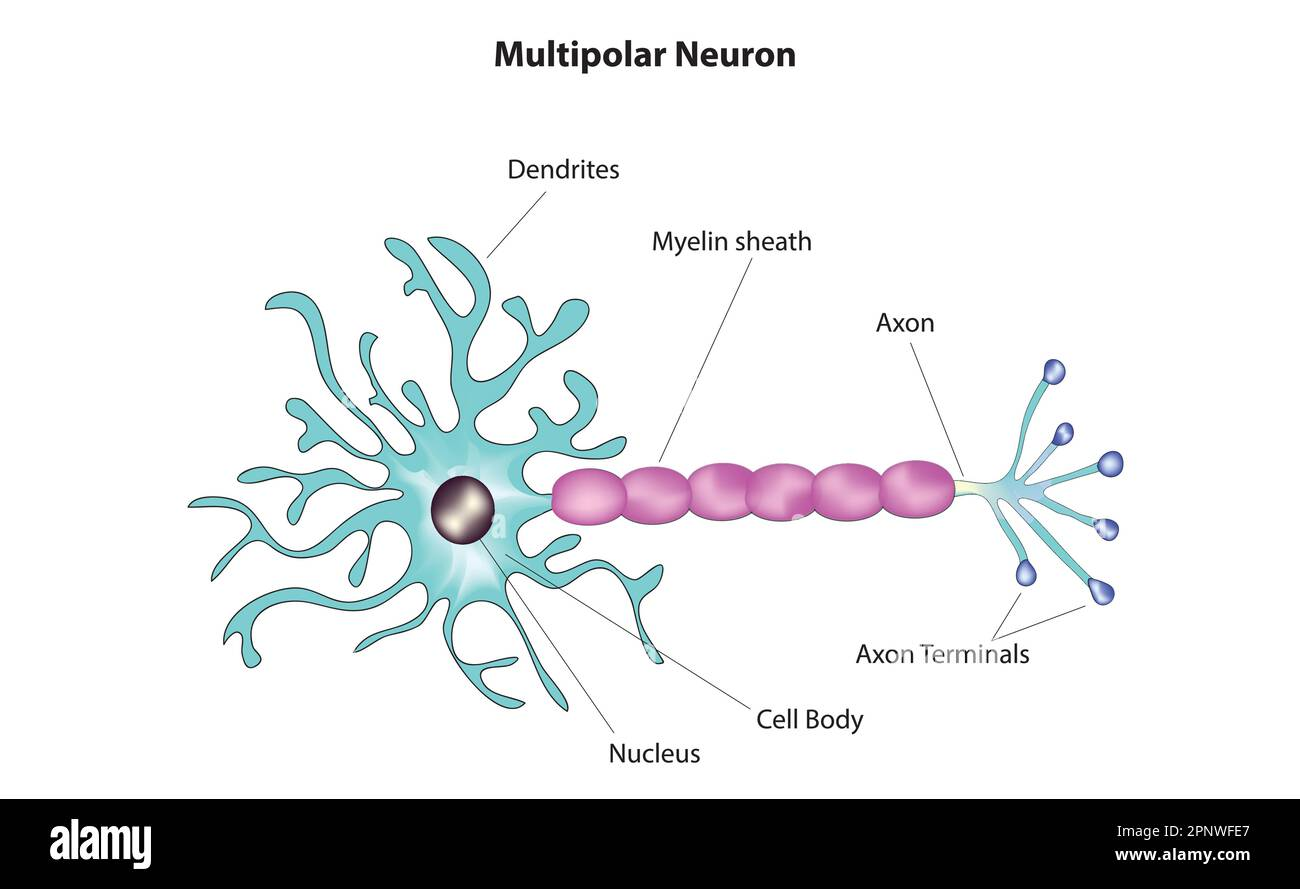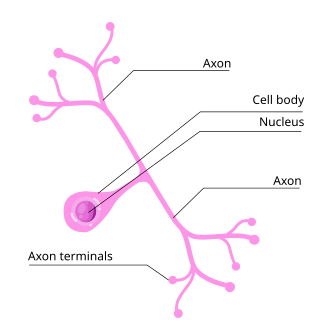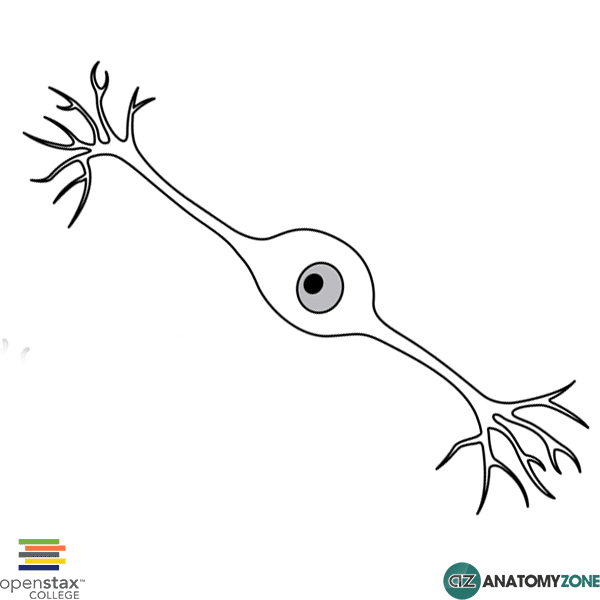3.3: nervous system
1/37
There's no tags or description
Looks like no tags are added yet.
Name | Mastery | Learn | Test | Matching | Spaced |
|---|
No study sessions yet.
38 Terms
CNS is responsible for
integration, processing, coordination, higher cognitive functions (thinking & memory)
PNS is responsible for _____
-sensation:
-integration:
-response:
delivering sensory info to CNS, carrying motor commands to body, monitor internal & external changes, processes sensory input & determine responses, activate effector organs
subcategories of peripheral nervous system
sensory PNS, motor PNS
types of sensory PNS
somatic & visceral
sensory PNS is responsible for ____
-made up of ___ signals
carrying info from receptors to CNS, afferent
somatic sensory PNS receives sensations from:___
receptors for: ___
skin, bones, muscles, etc,
touch, pressure, vibration & special senses like taste, smell, hearing
*visceral sensory PNS
sensation from organs, mainly touch, temp, etc (like drinking water and feeling its temperature go down the esophagus and stomach and bladder expanding)
motor PNS transmit info from ____ to ____
made up of ___ signals
CNS, body, efferent
somatic motor PNS
contraction of skeletal muscles, voluntary movement, somatic reflexes
autonomic, aka ___ motor PNS:
-regulates:
-used for ___ movement
-sympathetic & parasympathetic
visceral, smooth & cardiac muscles & glands, involuntary
glia function
cell support
types of glia for CNS
astrocytes, oligodendrocytes, microglia, ependymal cells
astrocytes:
-provides ___ ___
-regulate ____ environment
-regulation of substances in ___ & ___
-___ & ___ damaged tissue
structural support, extracellular, blood, brain, divide, replace
oligodendrocytes
wrap around axons to form myelin sheath
microglia
phagocytic defense cells; clean up debris & eliminate pathogens
ependymal cells
form & help circulate cerebral spinal fluid
glia of PNS
satalite & schwann cells
satelite cells
provide structural support, regulate extracellular environment
schwann cells
form myelin sheath & help repair damaged axons
neurons:
-excitability:
-conductivity:
-secretion:
-extremely long-lived
-amitotic:
-high metabolic rate
respond to stimuli, produce & transmit electrical signals, release neurotransmitters, don’t reproduce through mitosis
anatomy of neuron:
-soma:
-dendrites:
-axon terminal:
cell body, receive signals, communicate with target cell
anatomy of a nerve:
-axon:
-fascicle:
-nerve:
surrounded by myelin sheath, group of axons, group of fascicles & blood vessels
-myelin sheath:
-plasma membrane of schwann cells/ oligodendrocytes facilitate:
-segmented:
insulation around axons, signal transmission, unmyelinated nodes & myelinated internodes
myelinated PNS: ____
begins prenatally or postnatally?
schwann cells spiral around axon, prenatally
myelinated CNS:
begins prenatally or postnatally?
oligodendrocyte process wrap around multiple axons, postnatally
categories of neurons:
sensory (afferent) neurons, motor (efferent) neurons
sensory (afferent) neurons:
-conduct ____ from ___ to ___
-CNS interneurons integrate ___ ___ & mediate ____
signals, receptors, CNS, incoming signals, responses
motor (efferent) neurons conduct ___ from ___ to ___
signals, CNS, effectors
types of neuron shapes
miltipolar, pseudounipolar, bipolar

multipolar neurons
typical motor neurons, interneurons

pseudounipolar neurons
sensory neurons

bipolar neurons are found in this type of neuron:
special sensory neuron
gray matter consists of:
soma, dendrites, unmyelinated axons
white matter is made up of
myelinated sheaths
synapes
connection point between neuron & adjacent cell (post synaptic cells)
electrical synapses: ___
-allowing for ____ ____
gap junctions join adjacent cells, rapid transmission
chemical synapses
neurotransmitters released from synaptic vessels to receptors on postsynaptic cell membrane on receiving cell
neurotransmitters: __
types: ___ & ___
-can vary based on ___ ___
chemical signals that alter postsynaptic cell physiology; excitatory, inhibitory, receptor type